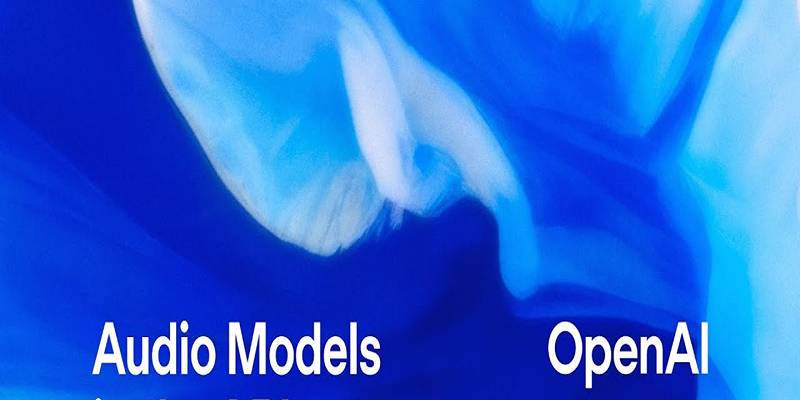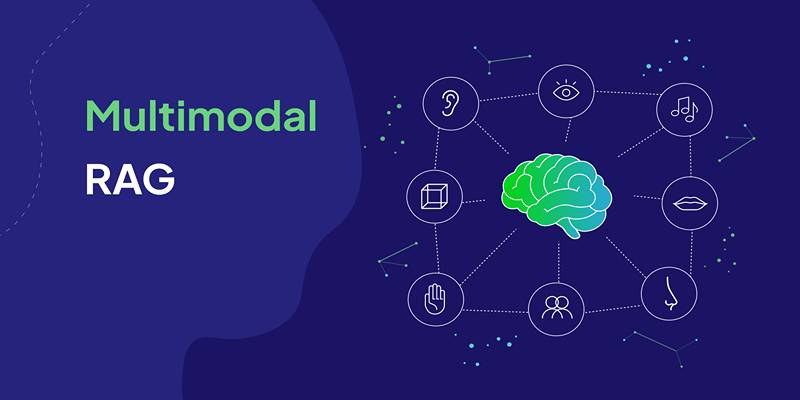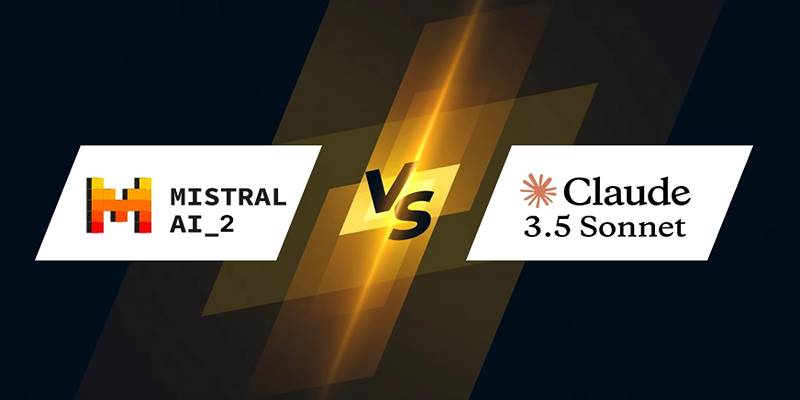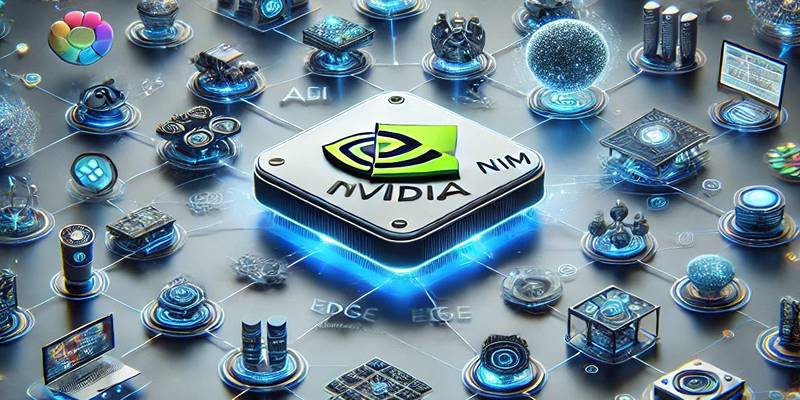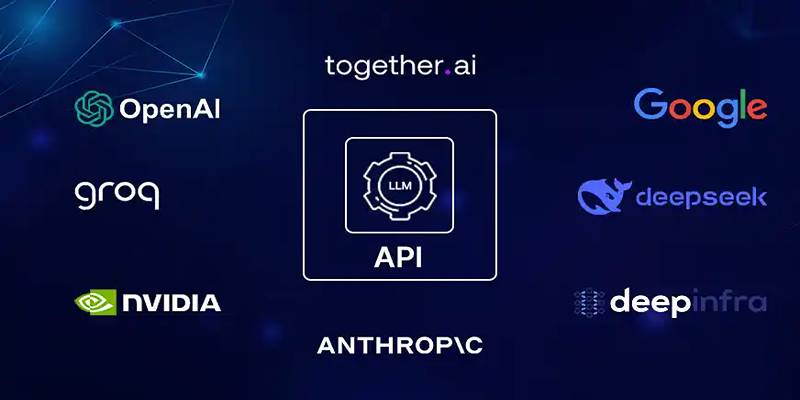As AI continues to disrupt and redefine industries, two advanced language models have emerged as strong contenders in the race to lead the next generation of intelligent systems: Mistral Large 2 and Claude 3.5 Sonnet. These cutting-edge models bring significant improvements in performance, accuracy, and efficiency—but they do so from distinct philosophical and architectural perspectives.
Whether you're a developer choosing the right tool for your stack, a tech strategist assessing integration potential, or simply an AI enthusiast, understanding how these models compare in the context of performance, accuracy, and efficiency is critical. This post explores these dimensions in depth to help you determine which model fits your goals best.
Two Giants, Two Approaches
While both models fall into the category of large language models (LLMs), they have been trained and optimized for slightly different missions.
- Mistral Large 2: Developed with a focus on performance and general versatility, this model is ideal for speed, logic-based tasks, and scalability.
- Claude 3.5 Sonnet: Built by Anthropic with an emphasis on ethical alignment and explainability, Claude prioritizes safe and interactive AI communication, especially in sensitive domains.
Despite their shared capabilities, their performance under pressure, output accuracy, and operational efficiency differ in meaningful ways.
Performance: Speed and Task Execution
In the world of LLMs, performance typically refers to how quickly and reliably a model can handle complex tasks across different environments. Here’s how the two stack up:
Mistral Large 2 – Built for Throughput
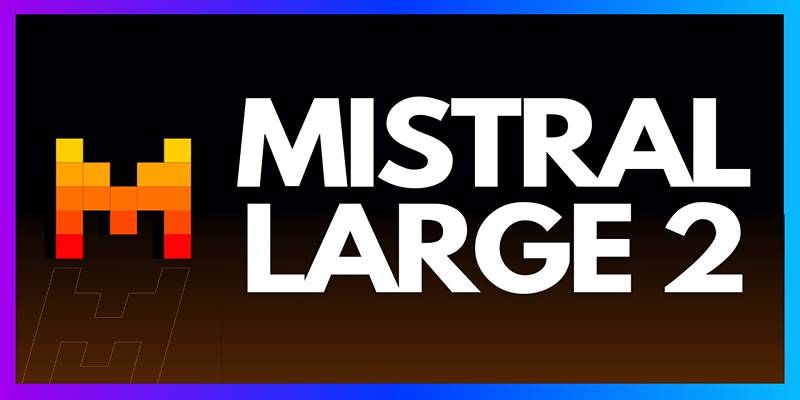
Mistral Large 2 is optimized for high-performance operations, with architecture designed to respond rapidly across a variety of workloads. It's suited for environments where quick, coherent output is essential—such as technical workflows or high-volume content pipelines.
Key performance traits of Mistral Large 2:
- Fast response generation, especially in code-heavy or structured tasks
- Minimal latency, ideal for real-time or near-real-time applications
- Highly scalable for enterprise-level systems
Claude 3.5 Sonnet – Performance with Caution
Claude isn’t built to be the fastest in every case—it’s built to be thoughtful. It balances reasonable performance with a high degree of caution and user-centric interaction. While it may not win speed tests in purely technical domains, its outputs tend to reflect deeper contextual understanding.
Performance highlights of Claude 3.5 Sonnet:
- Strong in multi-turn conversations and long-form tasks
- Prioritizes meaningful, engaging interactions over raw speed
- Excels in collaborative and human-centered applications
Verdict: For environments where task speed and throughput are crucial, Mistral Large 2 often takes the lead. In contrast, Claude performs best when interaction quality and conversational depth are more valuable than millisecond gains.
Accuracy: Precision and Contextual Understanding
Accuracy in language models is measured not just by grammatical correctness but by the model’s ability to understand user intent, follow instructions precisely, and provide factually consistent answers.
Mistral Large 2: Structured Precision
Mistral’s outputs are technically sharp. It thrives in environments where structure and logic matter—like code generation, analytical summarization, and structured data interpretation. It tends to follow prompts precisely and gives clear, logically organized responses.
- Delivers consistent results in logic-heavy domains
- Excels at tasks with deterministic outputs (e.g., calculations, workflows)
- Precise formatting and syntactical control
Claude 3.5 Sonnet: Intuitive and Nuanced
Claude is all about interpretive accuracy. It shines in contexts that require a grasp of emotional tone, social awareness, and multi-layered instructions. Its conversational style adds nuance, making it a powerful tool for summarization, education, and customer interaction.
- Deep contextual awareness, especially in multi-part prompts
- Better understanding of implicit instructions and subtleties
- High-quality summarization and tone-matching
Verdict: If formal precision is key (especially for technical tasks), Mistral Large 2 offers exceptional accuracy. But when human nuance and contextual richness are necessary, Claude 3.5 Sonnet stands out.
Efficiency: Speed, Cost, and Resource Management
Efficiency is about getting more value with fewer resources—both in terms of computing and time. With LLMs, this also includes how easily a model can be integrated, scaled, and maintained across use cases.
Mistral Large 2 – Lean and Scalable
Mistral Large 2 is optimized for low-overhead deployment. Its design allows for efficient parallel processing, making it cost-effective for systems that process massive volumes of data or require frequent API calls.
- Lower compute cost per task in most performance scenarios
- Highly suitable for integration into scalable production environments
- Streamlined for edge-case or low-latency inference use cases
Claude 3.5 Sonnet – Intelligently Resourceful
Claude’s efficiency lies more in content quality per generation rather than processing speed. Because it often produces well-structured and human-friendly outputs on the first try, it reduces the need for follow-up refinements or clarifications.
- Reduces redundancy by “getting it right” in sensitive applications
- Smart use of prompts minimizes the need for excessive iterations
- Particularly efficient in environments where user experience matters most
Verdict: For systems where throughput and compute optimization are critical, Mistral is more efficient. But in high-stakes, low-error-tolerance environments, Claude may offer better resource usage through reduced rework and higher-quality interactions.
Which Model Should You Choose?

The answer depends entirely on your use case and what you value most in an AI assistant.
Choose Mistral Large 2 if:
- You need high-speed, technical output with minimal processing delay
- Your applications revolve around accuracy in structured or logical formats
- You’re working in environments where efficiency equals ROI
Choose Claude 3.5 Sonnet if:
- You prioritize ethical safety, user comfort, and contextual sensitivity
- Your users interact with the model directly (e.g., in support or education)
- You work in industries where responsible AI is a top requirement
Conclusion
As AI evolves, models like Mistral Large 2 and Claude 3.5 Sonnet demonstrate that performance, accuracy, and efficiency can mean different things depending on context. One is a performance-optimized generalist, the other a context-aware, ethical specialist.
Rather than seeing them as competitors, it’s more useful to view them as complementary tools—each capable of solving different kinds of problems with elegance. The true power lies in choosing the right model for the right moment.
